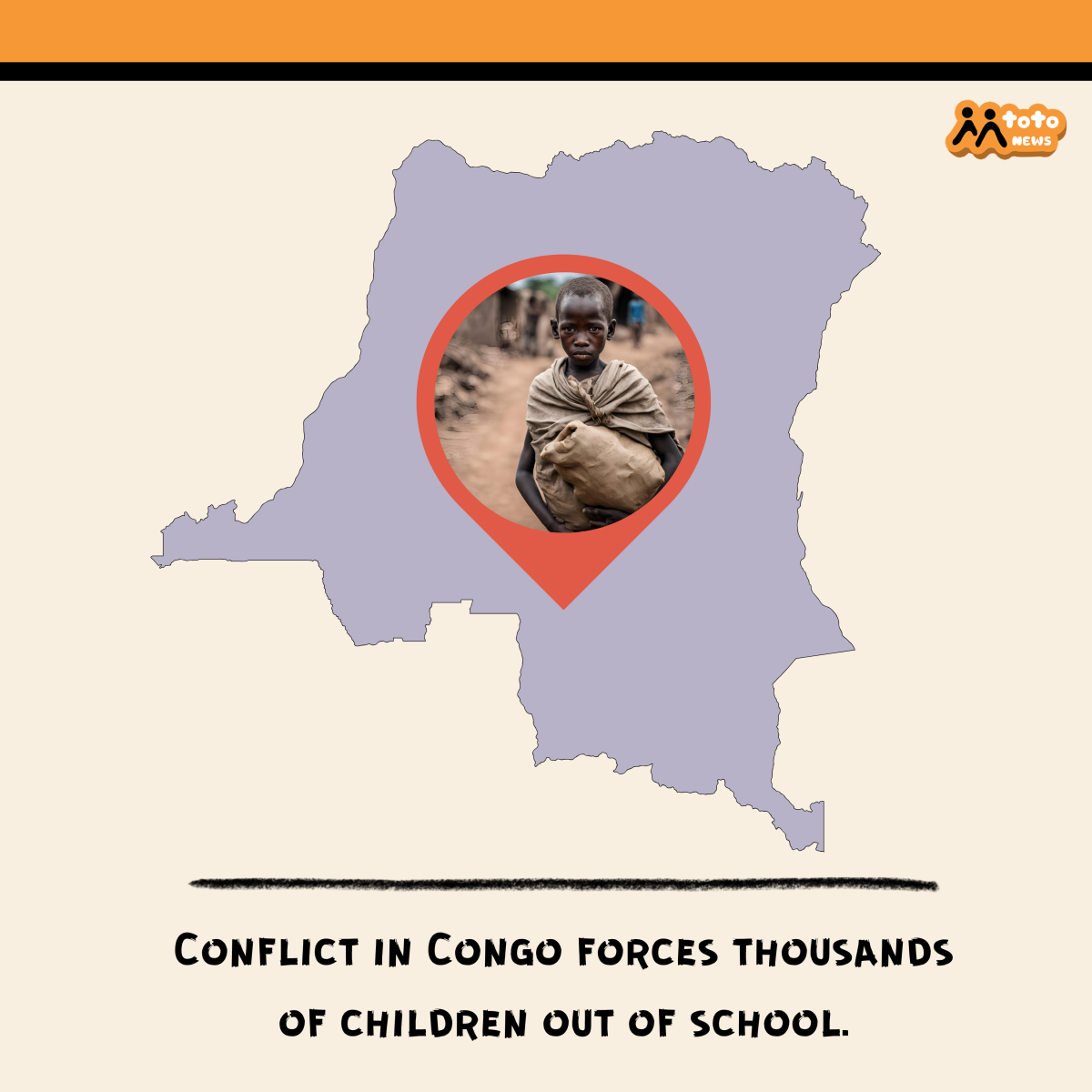Written by Yvonne Misando
The escalating crisis in eastern Democratic Republic of Congo has led to a significant increase in the number of children deprived of education. As of early 2025, more than 795,000 children are now out of school, up from 465,000 in December 2024, according to UNICEF. This surge is attributed to the heightened violence and displacement in the region, with over 2,500 schools and learning spaces forced to close in North Kivu and South Kivu, including those in displacement camps.
An additional 330,000 children have been added to the list of those unable to attend school, raising concerns that many may never return to education. This situation is exacerbated by the ongoing conflict, which has displaced more than 6.5 million people, including 2.6 million children, in the region. The conflict has not only disrupted education but also exposed children to extreme violence and trauma, further complicating their ability to access or return to school.
UNICEF and other organizations are working to provide emergency educational support, including the construction of Temporary Learning Spaces and distribution of educational materials. However, the scale of the crisis demands more comprehensive and sustained interventions to ensure children can safely access education and rebuild their lives. The international community must prioritize the protection of schools and the education of children in conflict zones to mitigate the long-term consequences of this ongoing war.
In addition to the immediate crisis, the DRC’s education system faces broader challenges, including low enrollment rates, poor infrastructure, and inadequate funding. Despite efforts to improve access through initiatives like free primary education, many children remain out of school or struggle with low-quality education. The ongoing conflict compounds these systemic issues, making it even more difficult for children to receive the education they need to build a better future.

